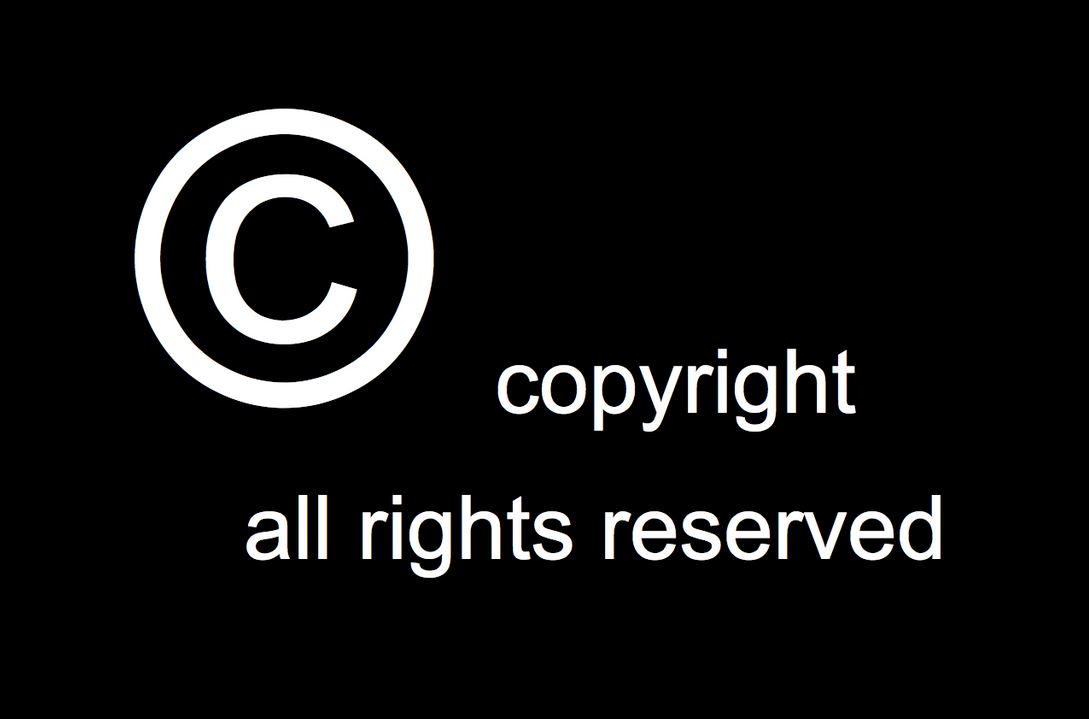Copyright record keeping – Rights in a trade dress

17 Aug 2023
Rights in the trade dress used by a business to market its products or services are generally recognised and enforceable by South African courts on three separate and independent grounds, namely:
- at common law (as unregistered trade marks), where the trade dress has been used and is recognised in the market place as signifying the product or service of a given business;
- if the trade dress in question (or key aspects of it) is the subject of a trade mark or trade marks that have been registered in the name of the given business; and
- under the Copyright Act 98 of 1978, where the artwork by which a logo or other features of trade dress, is the product of original skill and labour by the given business (or that of an independent third party from whom it commissioned the creation of the artwork in question or from whom it acquired rights in that work.)
If the given business seeking to enforce rights in its trade dress can assert and prove that it enjoys protection under the Copyright Act in the artwork by which its trade dress is rendered, its prospects of enforcing rights in its trade dress are typically significantly improved, simplified and can thus generally expeditiously and cost effectively be asserted and upheld.
However, in order to rely on copyright, the given business must be able to prove both the subsistence of copyright in the artwork in question and its title to such copyright (either as owner or as exclusive licensee). Proving this is easily facilitated if the business diligently keeps records of the circumstances in which the artwork in question was created and was acquired.
Businesses which have been in existence for many years often find themselves unable to prove and consequently assert ownership of the copyright vesting in the artwork from which their logos are derived, as the logos were created decades ago and subsequently evolved (by way of periodic updating) over time. While many of these logos are well-known in the target market (as a result of the parties’ extensive use of same), in the absence of coherently and continuously updated records of how the logo or other trade dress was created and updated, such businesses may face a difficult burden to prove the subsistence of copyright and/or their ownership of the copyright vesting in such artwork.
In the circumstances, such businesses are required to go back in time and retrospectively identify the trail whereby the artwork was originally created and subsequently updated, which can be a tedious and sometimes impossible task.
In order to prove ownership in the copyright vesting in such artwork, the business is required to establish: 1) When the artwork was created; 2) Who created the artwork; and 3) In what capacity did this individual create the artwork (i.e., as an employee, as an independent contractor or as an independent party who has assigned rights in the artwork to the business etc.)?
Further aspects that are vital to the establishment of the ownership of copyright vesting within the artwork from which a logo is derived, are listed below:
- Was a third party commissioned to carry out the design of the work, and if so, did the commissioning party and designer enter into a proper transfer of ownership agreement i.e. is there a duly signed deed of assignment in place which transferred all rights to the company?
- Has there been any modification (however small) of the logo? If yes, the above questions must be applied to the modified version.
- Has the logo been transferred to any associate sister or parent company? If yes, is there a written record of this transfer?
It is vital for businesses to keep proper records of the creation and modification of all artwork related to the trade dress of their products or services (or indeed the logos used as part of their corporate identity) in order to ensure that they can duly enforce their rights subsisting therein against unauthorised users of such artwork.
Article sourced from KISCH IP.
See also:
- Keep it secret, keep it safe! A lesson on how to protect your trade secrets
- “Stolen copyright”
- The copyright of articles drafted by ChatGPT
- Flying under the radar: What are stealth trade mark applications?

